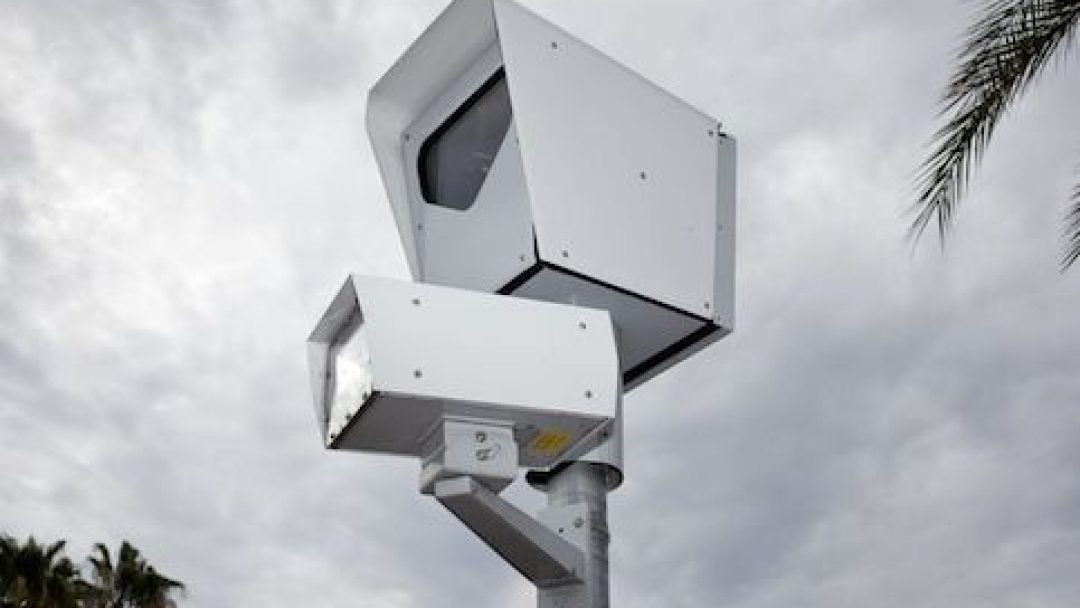During their meeting last month, the Glendale City Council approved the continuation of a study detailing whether red-light cameras improve the on-road behavior of drivers.
While photo-enforcement cameras are banned throughout the state’s highways (thanks to Arizona lawmakers), there are currently six Phoenix metro-area cities that make use of these cameras: Chandler, El Mirage, Mesa, Paradise Valley, Phoenix, and Scottsdale.
The study in Glendale will last three months, and the cameras will only be present at the predetermined “problematic intersection” for the second month—but not the first or the third. Additionally, during this three-month phase, none of the drivers being surveilled will be issued tickets or citations, says Glendale PD Chief Rick St. John.
The suggestion of introducing more surveillance has been polarizing, with support and opposition vocalizing themselves loudly on both sides of the argument. Some people fighting back believe that the implementation of the red-light cameras will create a safety hazard directly related to a driver’s propensity to brake immediately at yellow lights out of fear of receiving a ticket.
Those who support the experiment and possibility of future cameras cite a study by the city of Scottsdale (which has had traffic cameras for more than two decade) that discovered that not only did the number of accidents drop overall, but that even rear-ending accidents were minimized greatly as well as a result of the implementation of cameras at certain intersections.
While concrete details regarding how many cameras could potentially be introduced into Glendale have yet to be released, both the Mayor, Jerry Weiers, and Vice Mayor, Ian Hugh, have publicly supported the project.
If the city of Glendale were to accept the red-light cameras as the newest traffic-enforcement tool, a private company, Redflex, would be responsible for reviewing each incident and subsequently issuing citations and fines to drivers involved.
Updates on the study are not expected directly, though Chief St. John was hopeful that substantial progress would be made by the start of the 2018 calendar year.








